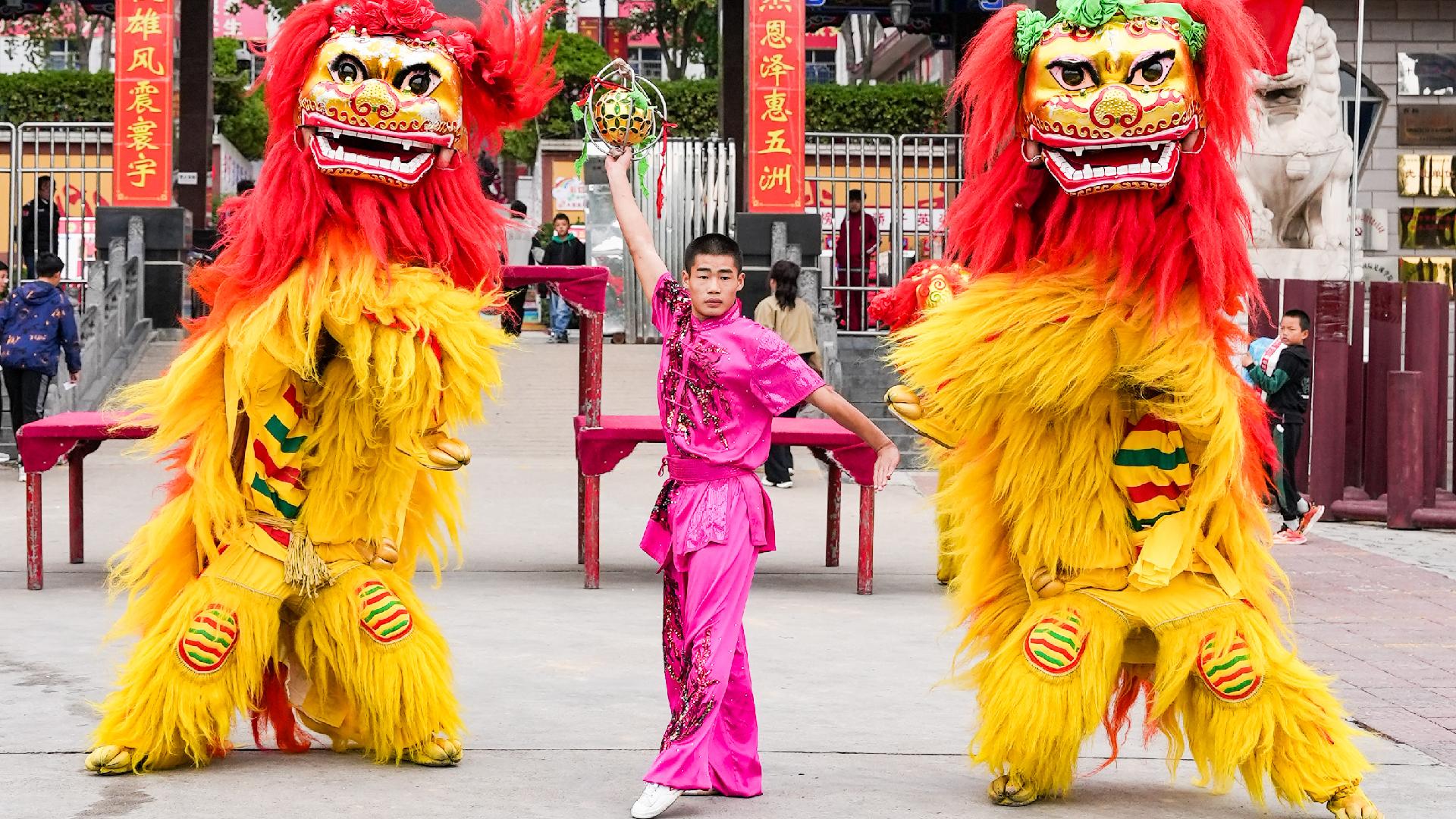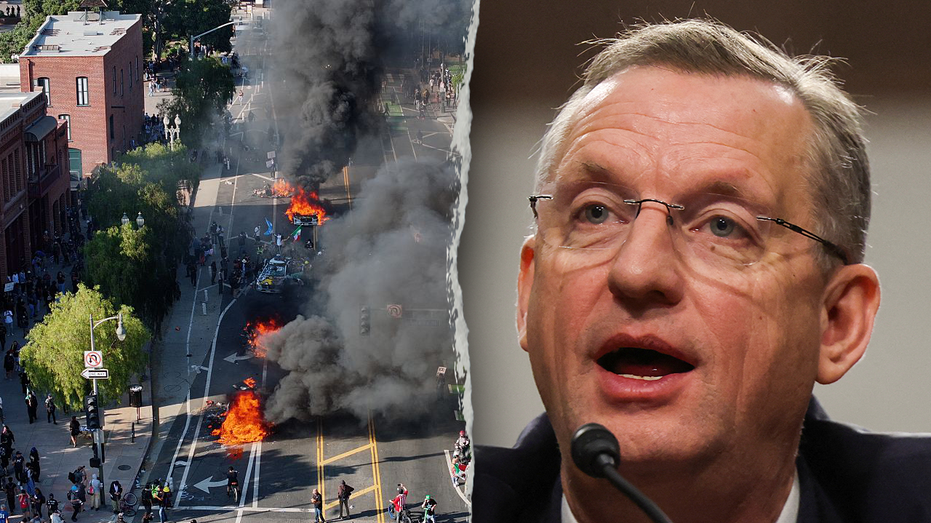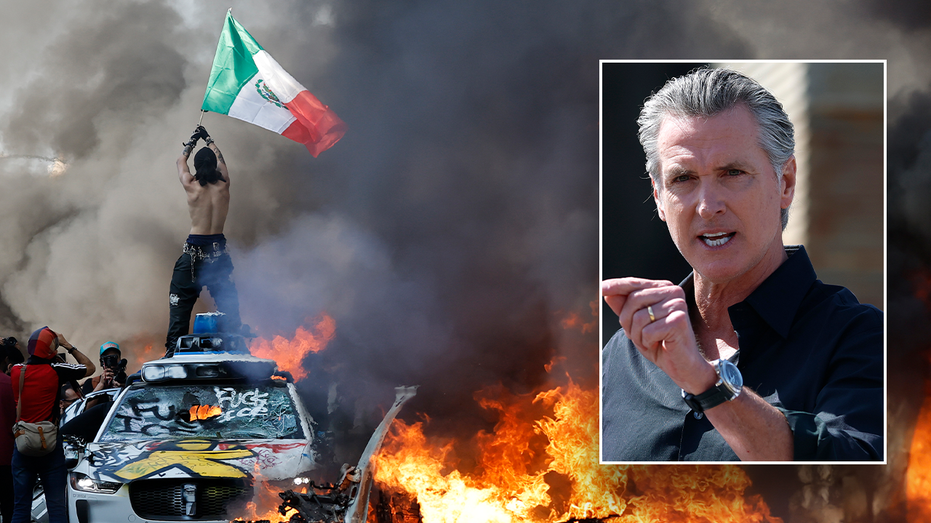Lion Dance: The Martial Arts-Inspired Cultural Tradition Celebrating Heritage
Celebrating a thousand years of kung fu heritage, the lion dance remains a vital part of China's intangible cultural legacy.

Amid swirling drums and vibrant costumes, the lion dancers captivate crowds with dazzling acrobatics and synchronized movements. Their sweeping gestures and sudden bursts of agility are not merely for show; each motion is steeped in complex kung fu techniques honed over years of disciplined training. For the young Shaolin students who perform these routines, the lion dance is more than an art—it is a form of martial practice, enhancing balance, flexibility, and mind-body coordination.
The beating heart of the lion dance lies in its deep connection to kung fu philosophy. As the performers embody the spirit of the lion—brave yet graceful—audiences witness a living legacy that transcends mere entertainment. The intricate footwork and powerful jumps are rooted in foundational stances like the "ma bu" (horse stance), demonstrating how traditional combat skills have been transformed into a vibrant, cultural spectacle.
Today, the lion dance remains a cherished part of festivals and celebrations across China and in Chinese communities worldwide. It serves not only to ward off evil spirits and bring good fortune but also to foster a sense of shared identity and continuity. By passing down this art from master to apprentice, each generation strengthens the bonds between history and the present, ensuring the enduring vitality of both kung fu and cultural tradition.
As the rhythmic crescendo of drums signals another leap or spin, the essence of the lion dance comes alive—testament to the fusion of physical prowess and cultural expression. In every performance, audiences are invited to celebrate a heritage that is as resilient and dynamic as the dancers themselves.




